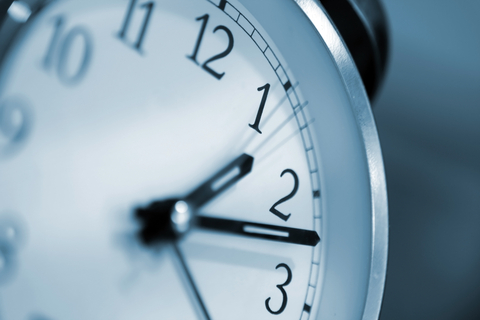
From the clinical perspective, dentistry is similar around the world. Dentists, like Dr. David Shipper and Dr. Howard Vogel, go to school, obtain a license, and work hard to prevent and treat tooth decay, gum disease, oral infections, throat or oral cancer, tooth loss, and other conditions that might limit a person’s ability to smile, bite, chew, or speak. The quality of dental care, however, and the payment method for dental services varies between nations.
Dentistry throughout the World
Developed countries have more dentists per capita than do developing nations, according to the World Health Organization. There is one dentist for every 150,000 people in Africa, for example, as compared to about one dentist for every 2,000 citizens of an industrialized nation. The lack of dentists in developing nations means that dental care is restricted to pain management and emergency care.
Dentistry often reflects the cultural views of a nation. Some cultures acknowledge only the functional aspect of teeth, so dentists focus on preventing tooth decay, gum disease, and tooth loss. Other cultures emphasize aesthetic appearances, so dentists there provide cosmetic procedures in addition to essential oral care.
Each nation imposes its own education and licensure requirements for dentists but most require some college before four years of dental school. The graduate must then pass local or national exams to practice in that region. European schools and standards are similar to the United States.
From the business perspective, dentistry varies between nations. In the United States, a dentist presents to the patient one bill that includes all of the treatment costs, such as the dentist, his assistant, tools, and labs. This allows the dentist to charge a single, easy-to-pay fee for individual procedures, and gives him an opportunity to mark up items and make a profit.
Across much of Europe, a dentist presents two bills to her patient – one for the dentist and another for the lab. This approach may stem from a cultural belief that profiting from healthcare is unethical and that healthcare should be available to consumers at actual cost; public dental clinics and subsidies ensures all citizens have access to dental care, regardless of ability to pay. In most cases, the government is both overseer and provider of dental care.
While the role of the dentist is nearly the same in every country – to ensure the oral health of the citizens – dental care is different in each nation. Regardless, you can rest assured that the care you receive at our New York, NY office is held to the highest standard.






 Website Powered by Sesame 24-7™
Website Powered by Sesame 24-7™